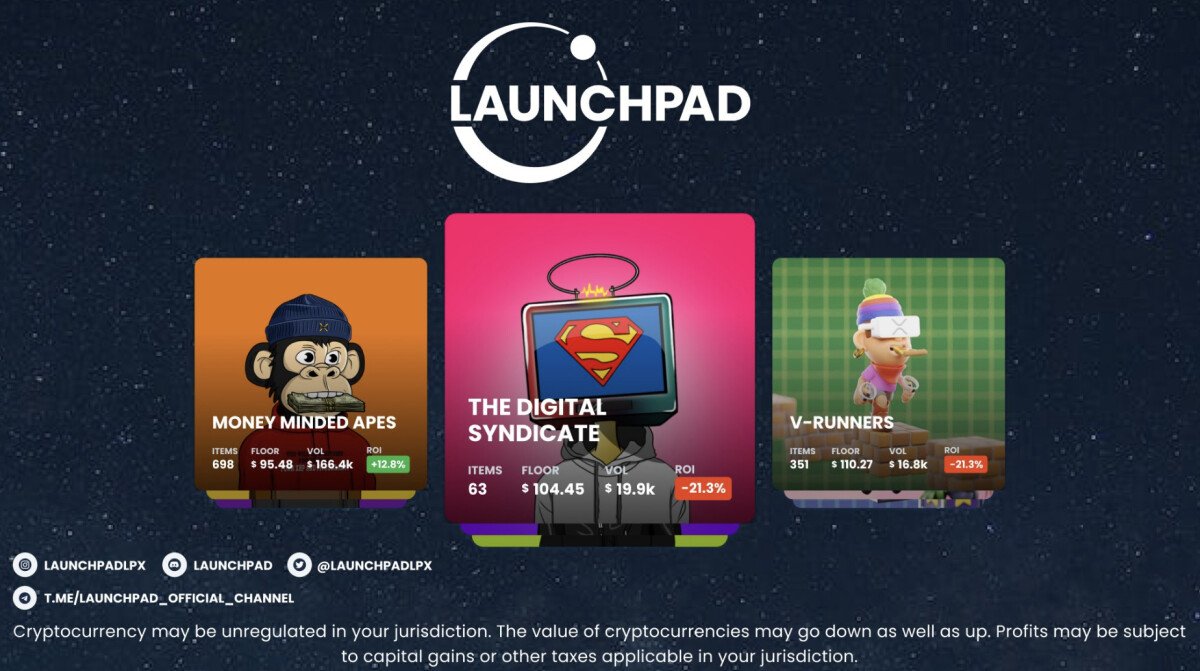Global crypto adoption dominated by emerging markets, finds Chainalysis

Despite “crypto winter,” global cryptocurrency adoption has slowed less than expected, Chainalysis revealed today as part of its annual index. Even with the bear market and the steep decline of major cryptocurrencies, as well as the recent collapse of several high-profile projects such as algorithmic stablecoin TerraUSD and lender Celsius, adoption is still exceeding pre-2019 market levels.
The blockchain intelligence firm’s report ranks 154 countries according to key trading metrics measured through centralized exchanges, DeFi protocols and peer-to-peer trading volume, and analyzes what Chainalysis calls grassroots adoption — where people put the bulk of their money into crypto.
The results show distributed global adoption, from Southeast Asia to Eastern Europe to Latin America, with the US also up from last year.
According to Kim Grauer, director of research at Chainalysis, this year’s index does not show significant changes from 2021, but it conveys the different ways people use cryptocurrency.
“When we talk about adoption around the world, we should think about use cases in different regions with different socio-economic factors at play,” she said Fortune.
Asia
For the second consecutive year, Vietnam topped the list, with the Philippines moving up to second place, from 15th. Grauer said the popularity in Southeast Asia can be largely attributed to play-to-earn, blockchain-based games. The most prominent example was Vietnam’s own Axie Infinity, a title that attracted players with rewards of lucrative NFTs and led to the creation of “guilds” or organizations that would pay for the start-up costs of playing in exchange for a cut of the players’ winnings.
Axie Infinity had a spectacular collapse this year after cybercriminals hacked it for over $600 million, but gamers – especially in developing markets – have turned to games to make money as a source of income. Even with users fleeing Axie, more games to earn titles are on the way, with many developers based in Southeast Asia.
India, who finished fourth, had a different story. According to Grauer, much of the adoption was spurred by NFT marketplaces, such as the Tiger Global and Sequoia-backed company FanCraze, which launched in early 2022 to sell cricket-based NFTs.
Grauer said that while many investors may have shied away from more traditional crypto assets like Bitcoin given the bear market, they turned to an asset built around their favorite pastime, making it more accessible.
“India was a good example of a new population of people coming into the fold because of the use cases offered by DeFi,” Grauer said.
China also ranked in the top 10 – a surprise given the country’s ban on cryptocurrency in 2021, indicating that the ban has been ineffective.
Latin America
Latin America remains a diverse region in terms of use cases and economic context, but Chainalysis’ research indicates that adoption still follows the same general trend. Unlike Southeast Asia or India, where many are turning to applications such as NFTs and games, adoption in Latin America is driven by more traditional cryptoassets offered through exchanges and financial technology platforms.
Argentina, ranked 13th, suffers from severe inflation, as well as restrictive banking regulations. For many, crypto offers access to the global financial system, with inherent risks that are often offset by their nations’ weak currencies.
Brazil, Latin America’s largest country and ranked seventh globally, is home to some of the region’s most innovative fintech offerings, including e-commerce giant Mercado Livre, which launched both a crypto exchange and its own token through its popular payment tool Mercado Pago. Another example is Nubank, Brazil’s largest digital bank, which reached 1 million users on its crypto trading platform just a month after launching this summer.
USA and high-income countries
Although the U.S. moved up the rankings this year, Gauer cautioned that the gains were relative — in fact, there’s evidence that adoption has plateaued, with 16% of Americans saying they’ve invested, traded or used cryptocurrency from two consecutive Pew Research- surveys, in November 2021 and August 2022.
Although there is a high degree of institutional investment in the United States, adoption has not yet gained a foothold among the general public, as is the case in other high-income countries. Of the top 20 countries in the global index, 10 are lower middle income and eight are upper middle income, with only two high income participants: the United States and the United Kingdom. With financial systems in high-income countries more stable, fewer are considering riskier assets.
“[These countries] waiting for that killer app to come along that will bring more people into the group,” Gauer added.
Elsewhere
Ukraine ranked third, but not necessarily because of the large volume of cryptocurrency donations moving into the country after Russia’s invasion. Grauer said Ukraine has always been a tech-savvy country with a high density of startups.
Nigeria and Kenya also ranked in the top 20, which is likely attributable to the high degree of online payment innovation in both countries, including the M-Pesa mobile banking service in Kenya. Like other countries on the list, Nigeria also deals with a lot of regulatory uncertainty and economic instability, which could push people towards cryptocurrency.
Overall, the story is the same as last year – global crypto adoption is driven by emerging markets.
“We found that many people simply don’t have the same level of access to investments,” Grauer said, explaining that they are instead turning to crypto offerings. “We see that a lot in places like India and Vietnam, where there’s a young, tech-savvy population that’s starting to have disposable income.”
sign up Fortune features mailing list so you don’t miss out on our biggest features, exclusive interviews and surveys.






















